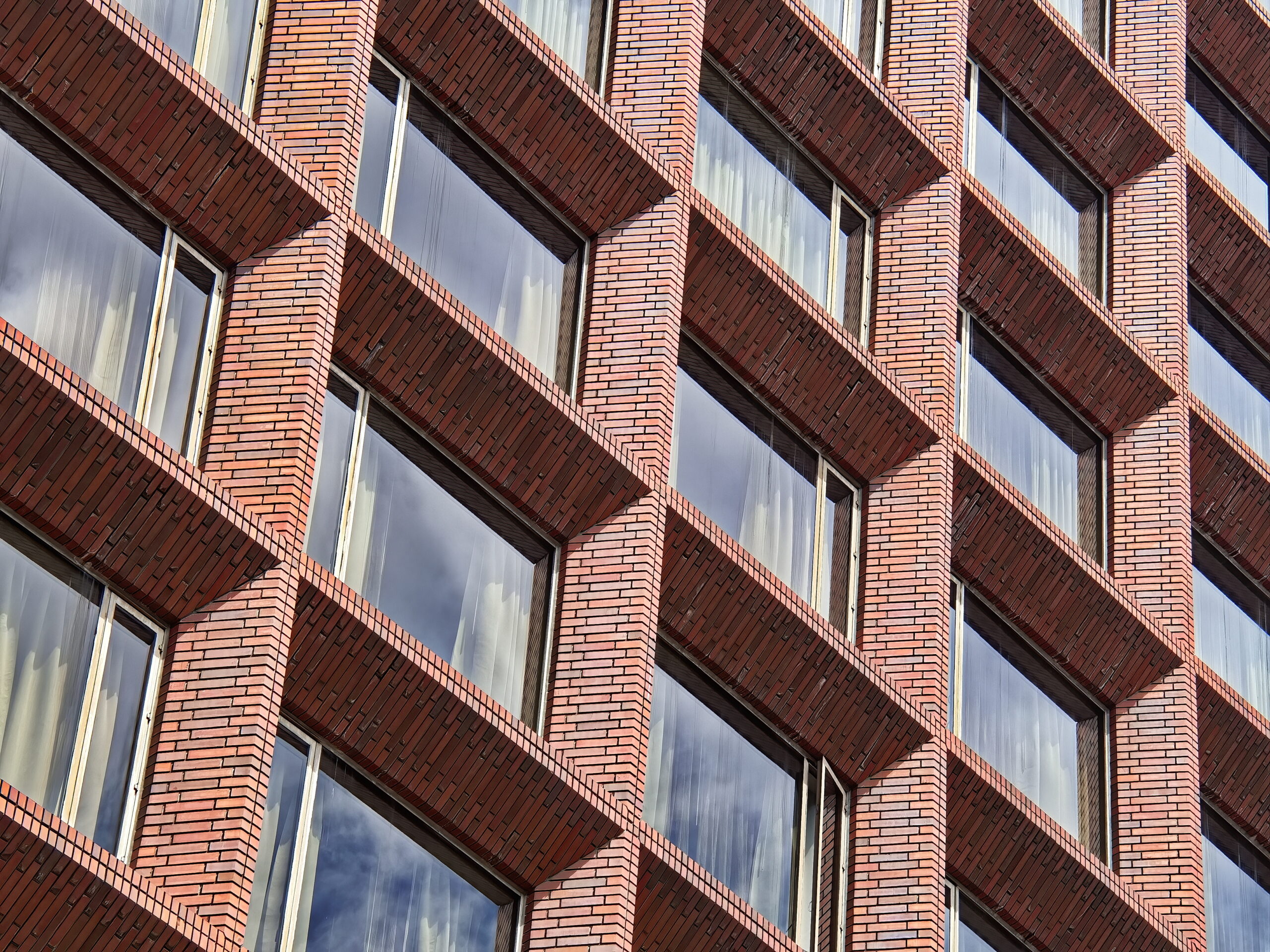Chromium Oxide Green Refractory Uses Clarified.
Did you know that approximately 80% of the world’s chromium production goes into making refractories? Chromium oxide green, scientifically called Cr2O3, is remarkable for its exceptional properties. These qualities render it essential in high-temperature applications. It enhances resilience and resistance to oxidation in numerous production processes.
This discussion will explore the wide range of uses of chromium oxide green in refractories. We will highlight its significance in modern industry. Let’s discover why this versatile material is so vital.
Introduction to Chromium Oxide Green
Green chromium oxide is a bright green substance well-known for its adaptability and strength. It is key in the refractory industry because of its unique properties. This substance goes beyond boosting the look of products, but also provides substantial industrial gains for challenging industrial uses.
In the sector of refractories, green chromium oxide is essential. It enhances the heat resistance and durability of products in extreme environments. This applies to uses in steel manufacturing and glass manufacturing. As sectors advance, the material’s significance becomes more prominent, offering solutions for high-temperature scenarios where reliability is vital.
Green chromium oxide is not merely a pigment; it’s a critical element for reliable industrial applications. Its adaptability and resilience turn it into a crucial element in the production of reliable refractory products.
Grasping Chromium Oxide and its Makeup
Chromium oxide, scientifically called Cr2O3, is a compound formed from chromium and oxygen. Its makeup of chromium oxide showcases unique features that enhance its role in multiple fields. This chemical configuration is strong and reliable, providing strength in challenging environments.
The thermal endurance of green chromium oxide are prominent in applications demanding substances that withstand extreme heat. It demonstrates a resilient ability to resist thermal shock. This renders it ideal for metalworking and various production methods where thermal energy is crucial.
Grasping the complexities of the makeup of chromium oxide helps industries exploit its built-in strengths. Its capacity to resist stress improves overall performance. This positions chromium oxide as a preferred option among heat-resistant compounds.
Importance of Chromium Trioxide in Refractories
Trioxide of chromium is essential for the efficiency of refractory materials thanks to its special qualities. It enhances the reliability and long-lasting nature of these substances in challenging settings. This insight is crucial for grasping its position alongside green chromium oxide in a range of uses.
Function of Chromium Trioxide in Enhancing Stability
Heat-resistant compounds must withstand intense thermal conditions without losing integrity. Chromium trioxide enhances their ability to resist heat and internal strength. This causes less deterioration, turning it into essential for companies requiring reliable substances.
Comparative Analysis of Green Chromium Oxide and Trioxide of Chromium
Green chromium oxide and chromium trioxide have different functions in thermal-resistant products. Both are important, but vary in their qualities:
| Property | Green Chromium Oxide | Trioxide of Chromium |
|---|---|---|
| Steadiness | Consistent thermal tolerance | Boosted heat resistance |
| Application | Frequently applied in refractories | Suited for extreme heat conditions |
| Strength | Satisfactory resilience | Significantly boosts durability |
This side-by-side look emphasizes the distinct roles of green chromium oxide and trioxide of chromium to thermal-resistant substances. Their unique traits improve performance and durability in various industrial settings.
Heat Tolerance Traits of Chromium Oxide Green
Chromium oxide green exhibits exceptional traits, rendering it suitable for high-temperature applications. Its fusion temperature can reach to 2400°C, providing unparalleled reliability in extreme conditions. This is crucial for industries requiring resilience, particularly in steel smelting processes.
Melting Point and Structural Integrity
Chromium oxide green is famous for its high-temperature fusion point, important for keeping the strength of refractory materials. This high-temperature resistance allows it to endure extreme heat without losing shape. Its ability to resist melting makes it essential in environments requiring reliability.
Role in Iron and Steel Production
In metalworking, green chromium oxide’s ability to withstand heat is vital. It’s often used in thermal-resistant building blocks for kilns and ovens. These blocks face intense conditions and must remain intact. Chromium oxide green’s heat resistance ensures they perform well, boosting performance in steel production.
Gains of Chromium Oxide Green in Refractories
Green chromium oxide greatly boosts refractory materials, crucial for multiple sectors. It boosts physical traits and ability to endure oxidizing environments. These upgrades boost the durability and effectiveness of heat-resistant materials.
Enhancing Structural Traits
Including green chromium oxide into heat-resistant compounds notably boosts their structural qualities. Key benefits are:
- Boosted resilience: Green chromium oxide’s toughness increases materials’ ability to resist wear against damage.
- Enhanced wear resistance: Its structure lowers the impact of usage from intensive use, boosting the longevity of products.
- Higher flexural strength: This trait enables heat-resistant materials to resist external forces, making it ideal for demanding applications.
Resistance to Oxidation in Heat-Intensive Uses
Green chromium oxide’s oxidation resistance is crucial in heat-intensive applications. The benefits are:
- Increased durability: Heat-resistant materials resist degradation, surviving harsh environments.
- Boosted performance: They suffer less damage, maintaining consistent output in industries.
- Minimized replacement needs: Less need for substitution of substances reduces expenses for sectors using refractories.
These chromium oxide green benefits improve the functionality of refractories and promote eco-friendliness. They prolong product use and lessen material waste.
Chromium Oxide Green Refractory Uses Explained
Green chromium oxide has become crucial in various fields due to its distinct properties. It excels in different industries, from iron production to glass production. Its role as a vital element in refractory materials highlights its importance.
Applications in Various Industries
Chromium oxide green is vital in numerous industries for better performance. Here are the primary fields and their specific uses:
- Steel Industry: It’s employed in making refractory bricks and moldable refractory materials, providing thermal stability and abrasion resistance.
- Glassworks: In thermal-resistant linings, it guarantees intense heat and delivers chemical integrity.
- Ceramics Manufacturing: As a pigment in glazes, it adds color, strength, and build quality.
- Concrete Manufacturing: It enhances the features of thermal-resistant products for extreme heat settings.
Diverse Uses of Refractories
Chromium oxide green’s flexibility extends beyond one field. Its roles include a vast array, including:
- Durable heat-resistant bricks
- Castables for extreme conditions
- Anti-corrosive refractory coatings
- Heat-resistant ceramics
This wide range of uses proves green chromium oxide’s significance in enhancing industrial efficiency. Its unique qualities assist sectors meet modern production demands, guaranteeing enhanced efficiency and extended material life.
Primary Sectors for Green Chromium Oxide
Green chromium oxide is essential in various industries, known for its multi-use capabilities and performance. It is frequently utilized in the refractory industry, improving temperature durability and mechanical strength. This material is essential in substances developed for challenging settings.
In the production of refractory bricks and linings, chromium oxide green is notable. These products are essential in intense thermal situations like furnaces, furnaces, and thermal destruction systems. Incorporating green chromium oxide enhances their performance, ensuring they maintain integrity and work reliably.
- Ceramics Manufacturing: Chromium oxide green is important in pottery, boosting color consistency and material strength.
- Metallurgy: It is applied in metal refining for tools and components needing high thermal resistance.
- Glass Production: In glass production, green chromium oxide guarantees the longevity of glassmaking chambers.
This substance is important not just in traditional uses but also in modern materials. The trend for eco-friendly practices is encouraging its application in advanced refractory composites.
As industries emphasize performance and efficiency, chromium oxide green proves indispensable. Its wide range of uses emphasizes its importance across multiple fields. This proves its significance in the modern refractory industry.
Methods of Producing Chromium Oxide Green
The manufacture of chromium oxide green uses several proven methods, each with specific pros and issues. These approaches are crucial for manufacturing high-purity chromium oxide green, essential for its varied uses. Methods such as combustion, hydrothermal, and solid formation play pivotal roles in manufacture and quality control.
Widely-Used Manufacturing Methods
Numerous conventional manufacturing processes are applied in chromium oxide green production. These consist of:
- Ignition Process: This method consists of the burning of chromium compounds with natural components. It is cost-effective and has a low environmental impact.
- Water-Based Technique: This technique applies the reaction of chromium compounds in an water-based mixture under elevated pressure and thermal conditions. It yields finely structured materials.
- Solid Formation Process: This process entails the precipitation of green chromium oxide from liquid mixtures. It enables regulation over granule dimensions and shape.
Each process provides distinct benefits, such as affordability and expandability, but also comes with issues like refinement and particle size variations. Picking the best technique greatly affects the final product’s properties and its applicability for targeted roles.
Quality Control in Production
Quality control is important in the creation of green chromium oxide. It guarantees the final product adheres to required norms for purity and uniformity. Key factors to monitor include:
- Frequent evaluation of raw materials to ensure high-quality inputs for green chromium oxide production.
- Control of manufacturing conditions, such as heat and pressure, during the different preparation methods.
- End-result analysis for structure and characteristics, making sure it meets standards with desired specifications.
Good production oversight methods enhance the reliability and efficiency of chromium oxide green for its wide-ranging roles. This underscores the vital nature of these production techniques in the entire production chain.
Eco-Friendly Practices in Chromium Oxide Green Manufacturing
The trend toward eco-friendliness is transforming the chromium oxide green industry. Sustainability concerns is now a primary focus as companies pursue strategies to reduce emissions. By adopting green techniques, they lower harmful output and save natural resources.
Integrating sustainability into chromium oxide green production aligns with environmental regulations and market expectations. Businesses are now keenly aware of their environmental impact. By adopting new technologies, they gain advantages such as:
- Employing recycled substances in manufacturing, which reduces reliance on raw materials.
- Improving power consumption in manufacturing.
- Improving waste management to reduce ecological impact.
The eco-friendly application of green chromium oxide is also obvious in different fields. For instance, it is instrumental in pollution control devices, lowering harmful emissions. This demonstrates the importance of green initiatives in the field of refractories.
| Practice | Overview | Impact on Sustainability |
|---|---|---|
| Resource Utilization | Using recycled materials for production | Minimizes raw material extraction |
| Power Consumption | Techniques to lower energy consumption | Reduces energy-related emissions |
| Emission Reduction | Incorporating pollution control technology | Reduces toxic emissions |
| Waste Management | Efficiently reusing by-products | Decreases environmental contamination |
As industries shift toward eco-friendly practices, the manufacture of green chromium oxide and adoption become crucial. They demonstrate how environmental protection and innovation can collaborate, paving the way for a greener future.
Advancements in Refractory Uses of Chromium Oxide Green
The landscape of refractory applications is poised for major changes, notably with progress in green chromium oxide use. As sectors aim for eco-friendly practices, the next phase of this compound becomes increasingly crucial.
Emerging technologies are sparking progress in the use of green chromium oxide, such as:
- Improved heat resistance for improved durability in challenging settings.
- Advanced mixtures that expand its use in metalworking and clay-based products.
- Advanced production methods to reduce environmental impact while ensuring product consistency.
Bringing chromium oxide green into next-generation refractories guarantees strong results for multiple fields. Ongoing innovation and study will harness this material’s unique properties. This ensures it continues to be key in innovative refractory solutions.
By capitalizing on these breakthroughs, companies can boost the effectiveness and eco-friendliness of their thermal-resistant solutions. This guarantees a future of green chromium oxide very promising.
Final Thoughts
Chromium oxide green is a crucial material that enhances the strength and effectiveness of refractory components across multiple industries. Its unique features, such as heat endurance and resistance to oxidation, are crucial for steel production and pottery sectors.
The discussion of the uses of green chromium oxide showcases its flexibility and value in current industrial needs. Future developments in manufacture expand its possibilities, guaranteeing it continues to be essential for reliable applications.
As the push for sustainable manufacturing grows, the use of chromium oxide green is poised to grow. Its involvement in developing green heat-resistant products underscores its key function in the next generation of heat-resistant materials. This guarantees better functionality and output in a fast-changing industrial field.



